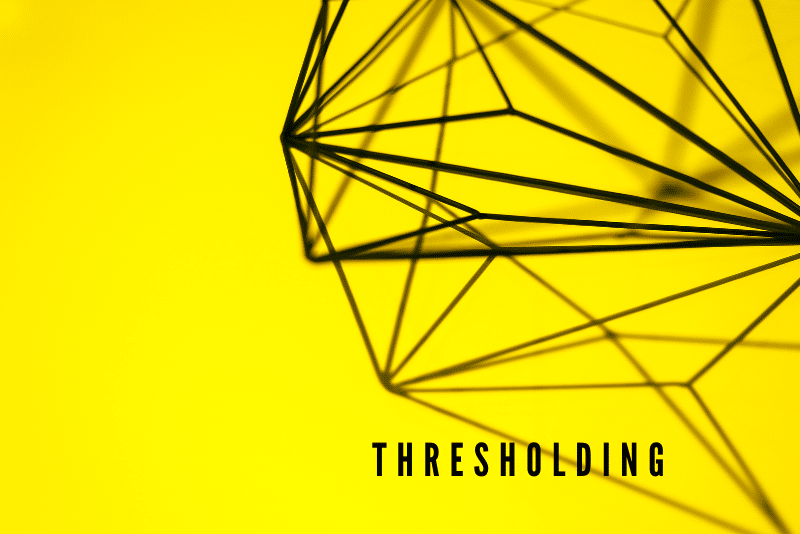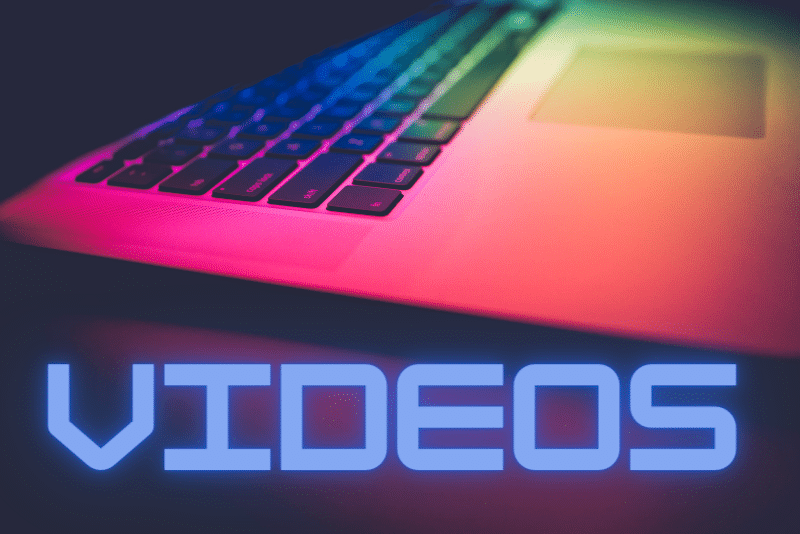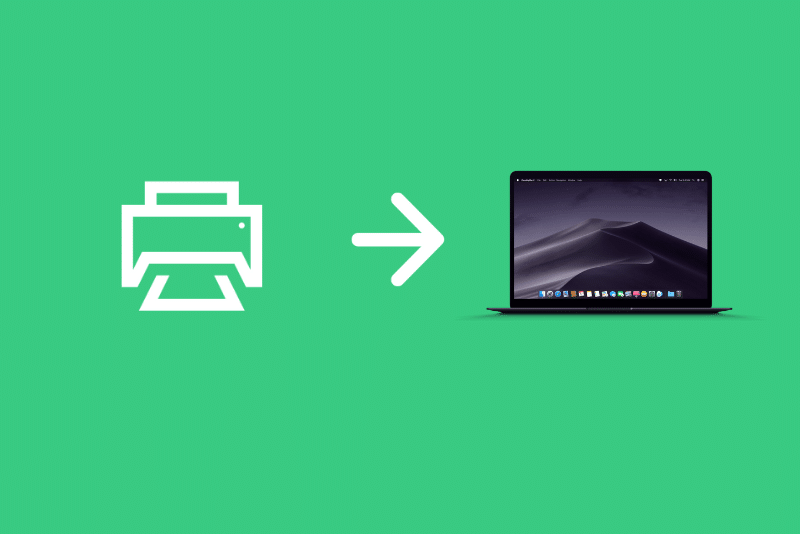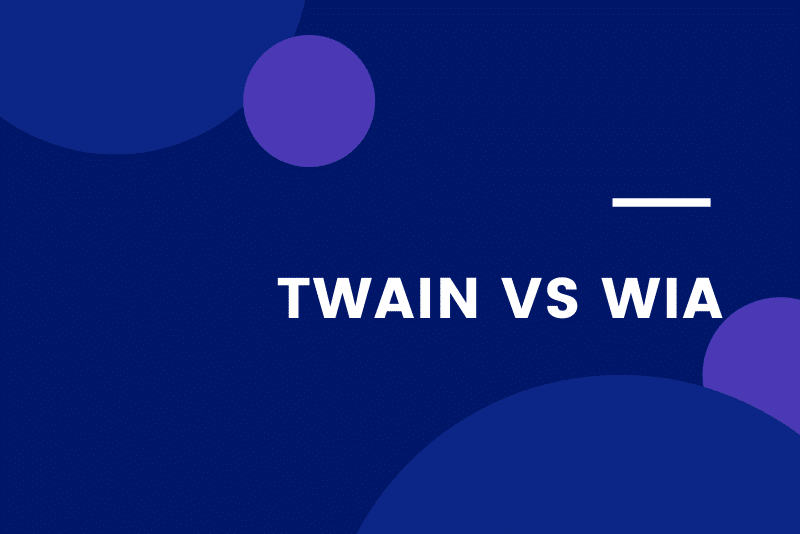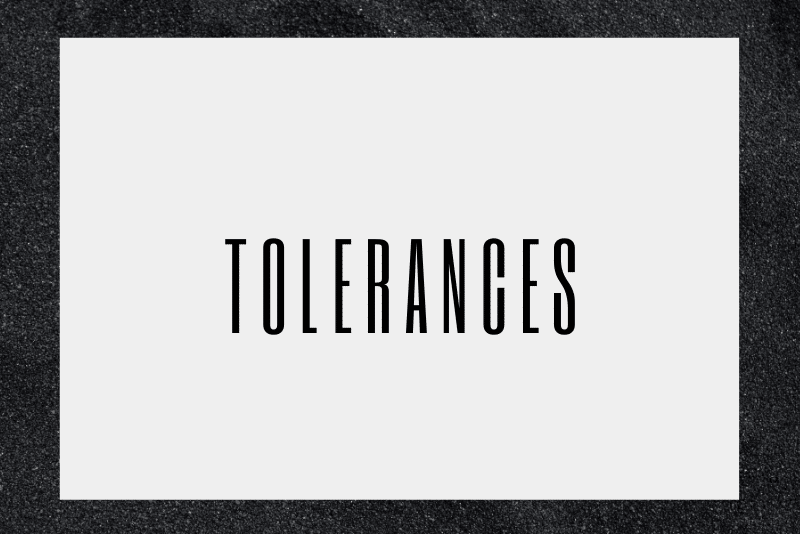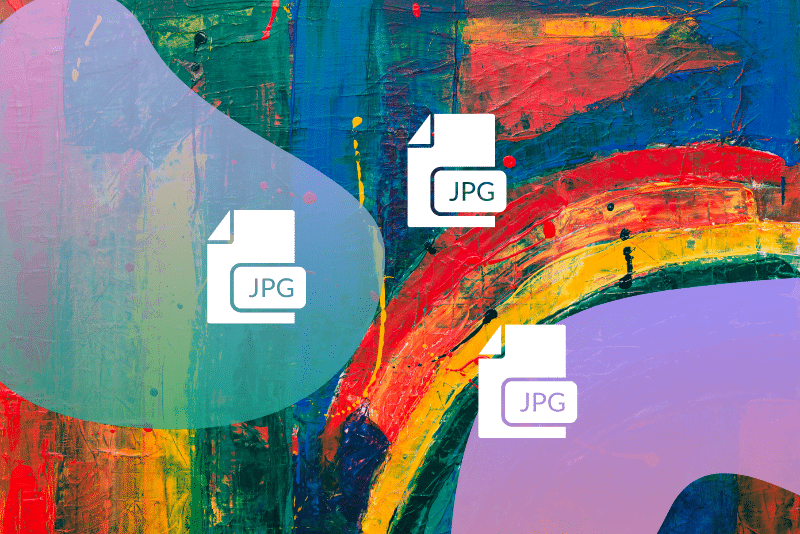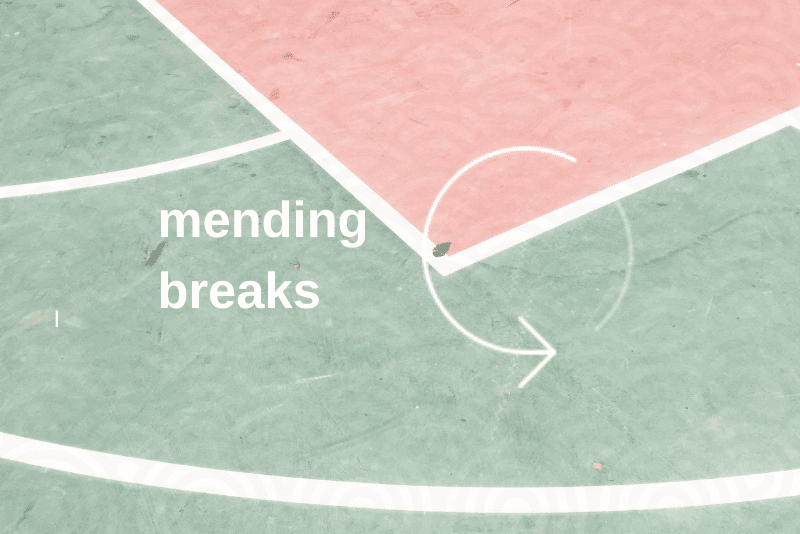Converting raster images to vector images (a process referred to as Vectorization) is very important especially when dealing with maps, schematics, and technical drawings. Although still used as the Web standard, raster graphics (including JPEG, BMP, TIFF, GIF, and PCX files) tend to be less economical, cumbersome to work with, less versatile, slower to display […]
